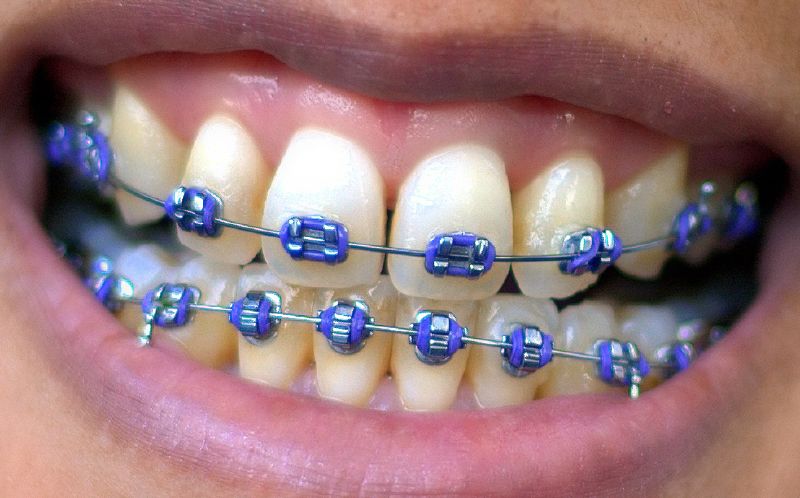Braces are something that many of us have had experience with, whether we’ve worn them ourselves or had a family member who’s had them. Having braces fitted is something that no one especially looks forward to but the truth is they’re really not that big of a deal once you well informed about how they work.
What are braces used for?
Braces are used to keep your teeth in alignment and prevent problems occurring in the future. Although braces are often associated with teenagers, people of any age can have them. Braces are fitted by an orthodontist – a type of dentist who specialises in teeth and jaw alignment.
A good orthodontist will have a lot of experience and be able to suggest the right type of braces or retainer to help keep your teeth straight and in proper alignment. Although you might be worried about how dental braces will affect your appearance, they only need to be worn temporarily and there are different types of braces to choose from other than traditional metal braces.
#1. Metal braces:
What are braces used for?
Braces are used to keep your teeth in alignment and prevent problems occurring in the future. Although braces are often associated with teenagers, people of any age can have them. Braces are fitted by an orthodontist – a type of dentist who specialises in teeth and jaw alignment.
A good orthodontist will have a lot of experience and be able to suggest the right type of braces or retainer to help keep your teeth straight and in proper alignment. Although you might be worried about how dental braces will affect your appearance, they only need to be worn temporarily and there are different types of braces to choose from other than traditional metal braces.
#1. Metal braces:
 |
| image credit |
Metal braces are very common and are most often used for children and teenagers. Brackets are individually placed on the teeth and a wire is then run through them and tightened when needed. This encourages the teeth to grow in the right direction and prevents them from becoming crooked. Metal braces can be seen as ugly though they’re usually not required to be worn for more than a couple of years.
#2. Clear/ceramic braces
#2. Clear/ceramic braces
Clear braces are an alternative to metal braces and although they work in much the same way, the materials used gives them a more transparent appearance. Clear braces are often used for children and teenagers who might be self-conscious about wearing regular metal braces.
#3. Lingual braces:
Lingual braces are different to metal and clear braces in that they’re placed on the back of the teeth rather than the front. Although this means they’re completely hidden from view. A lingual braces orthodontist will be able to determine whether lingual braces are right for you.
#4. Invisalig:
#4. Invisalig:
 |
| image credit |
Invisalign, as the name suggests, are invisible braces that are made by doing a scan of the patient’s teeth that allows for the design of a perfect aligner. More akin to a mouth guard than braces, Invisalign is printed using a 3D printer and is very easy to put in and take out, with no need for glue to be applied.
The downside to Invisalign is that the aligner’s have to be replaced regularly and paid for after the first fitting. This means they can get expensive and therefore aren’t suitable for everyone. Invisalign is mostly used for adults although they might be suitable for use in teenagers in some cases too.
Are braces painful?
Many people fear that having braces fitted will be a painful procedure, but this is usually not the case. An anaesthetic is usually not required and the braces can be fitted very quickly in most cases. The only slight discomfort might be when the braces are tightened but even this is usually not too painful.
This article gives the light in which we can observe the reality. This is very nice one and gives in depth information.
ReplyDeleteTeeth Braces